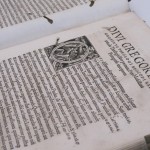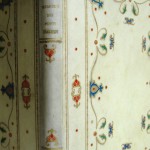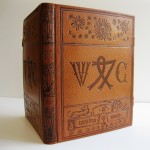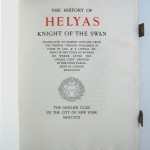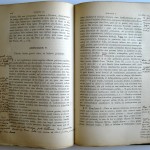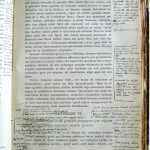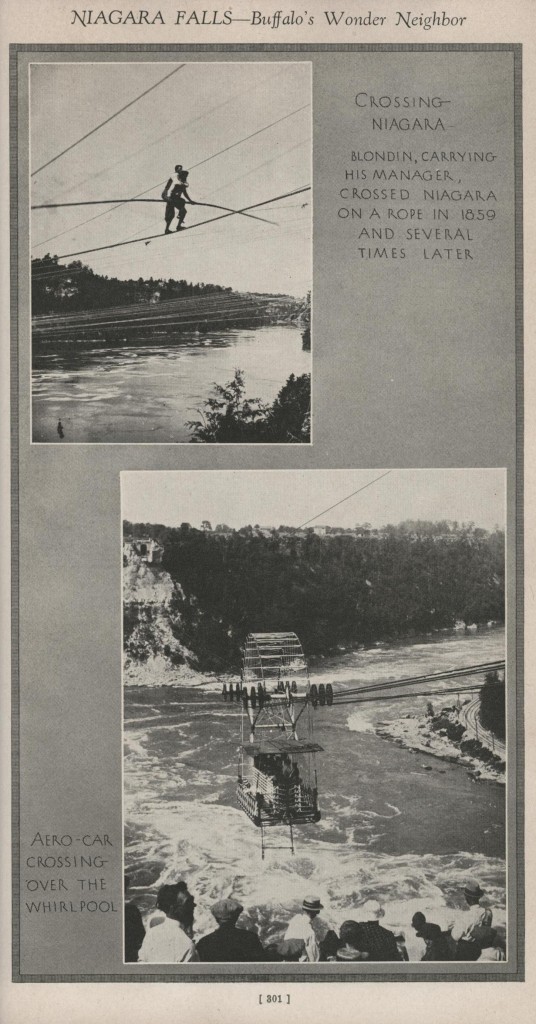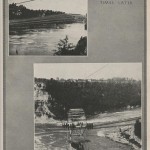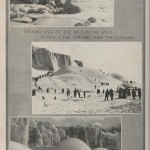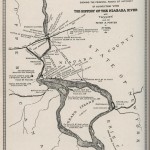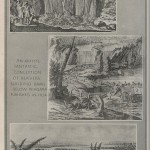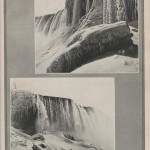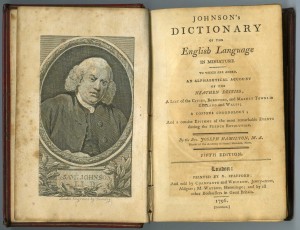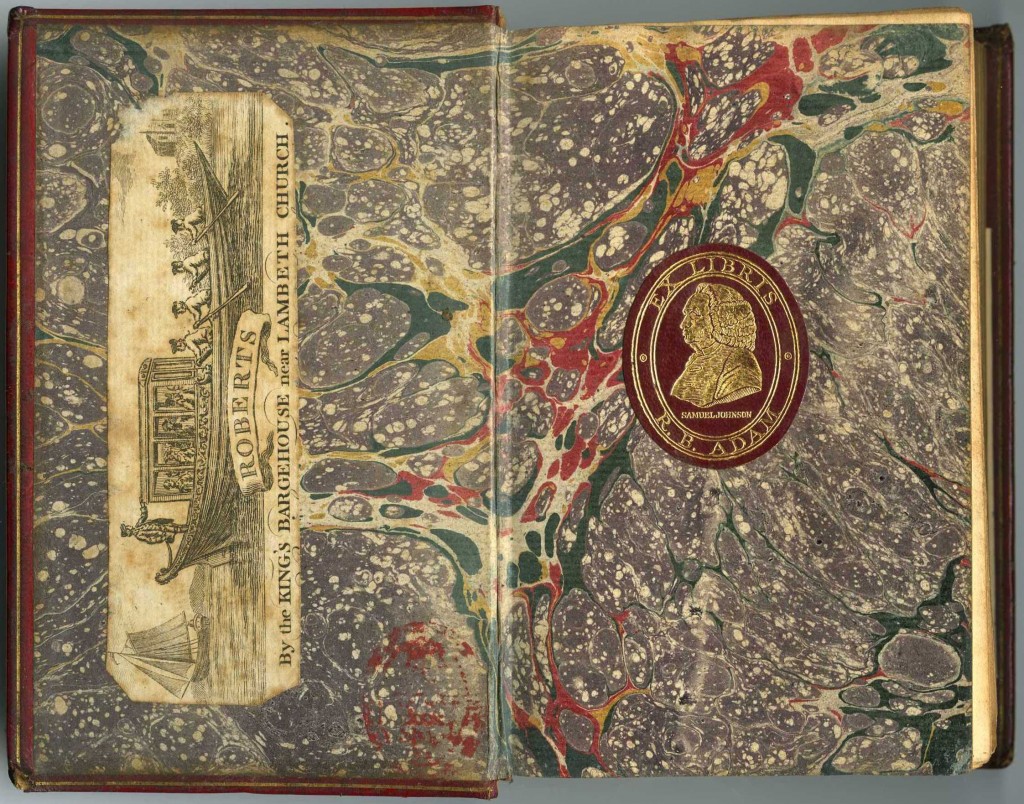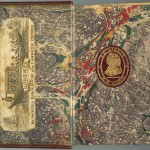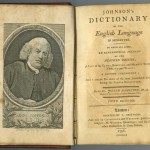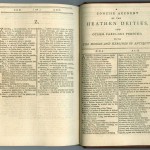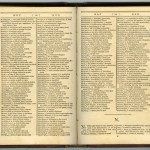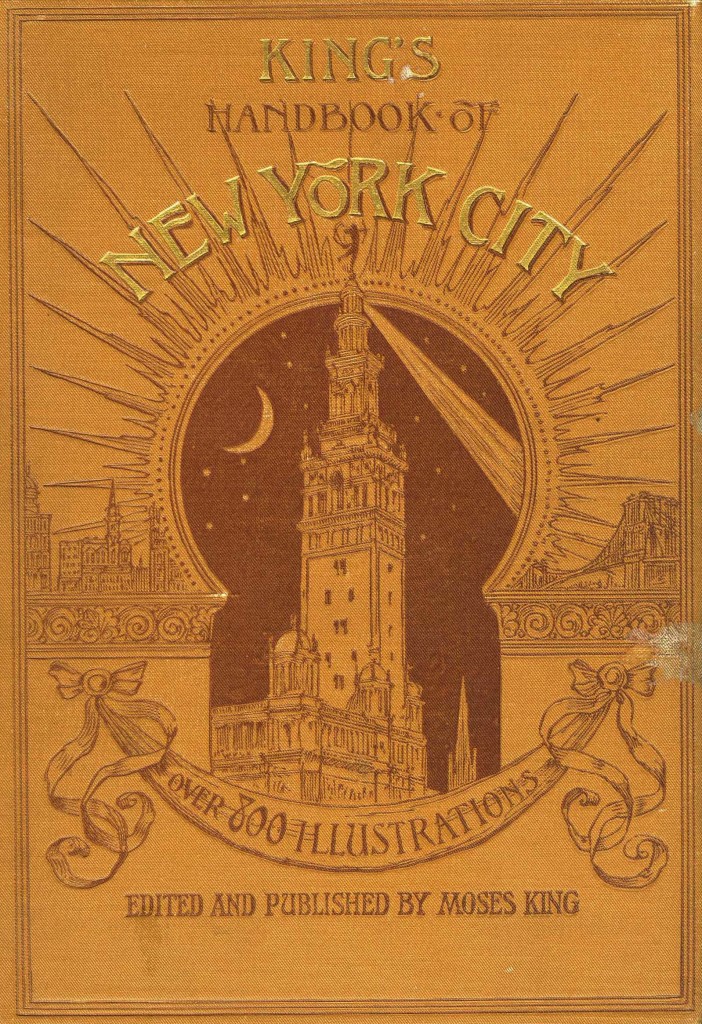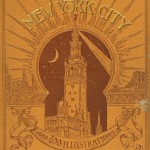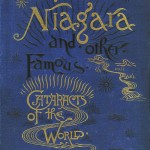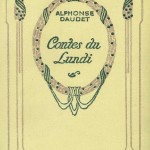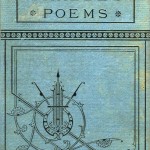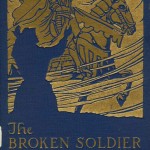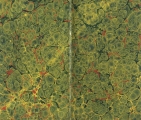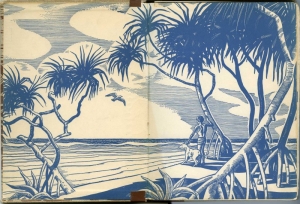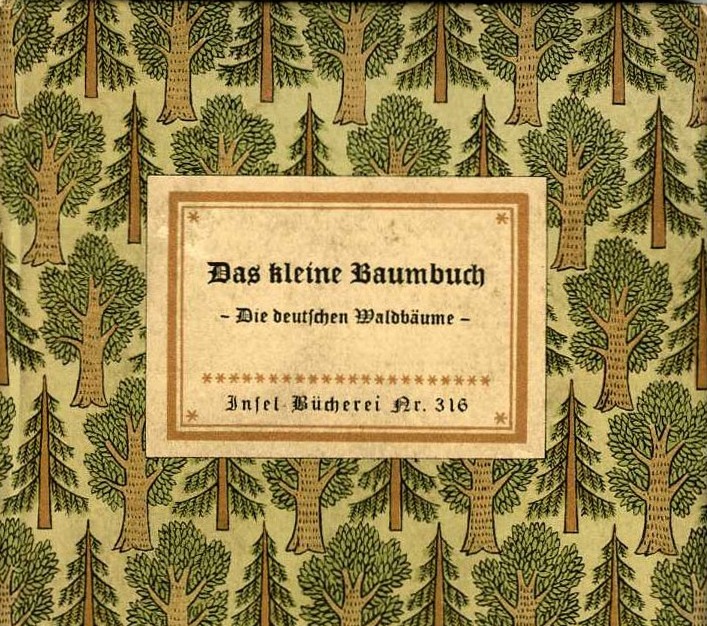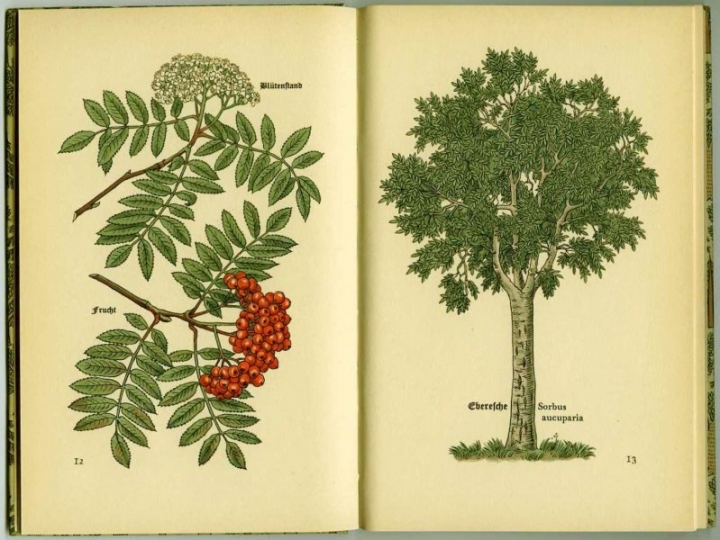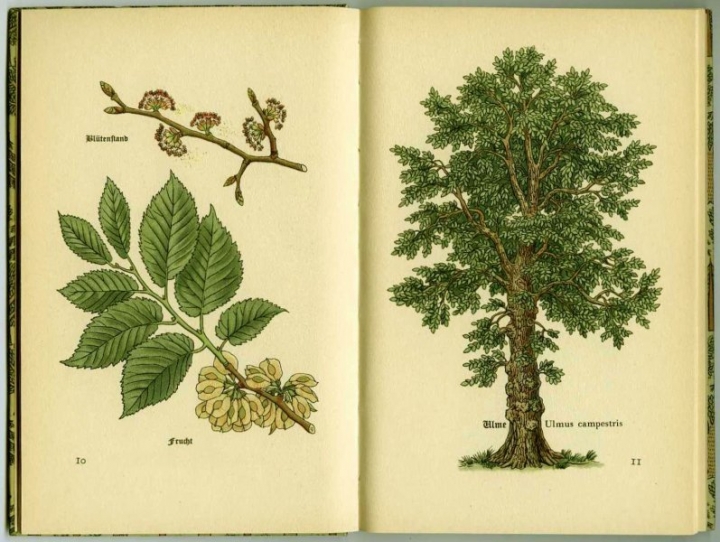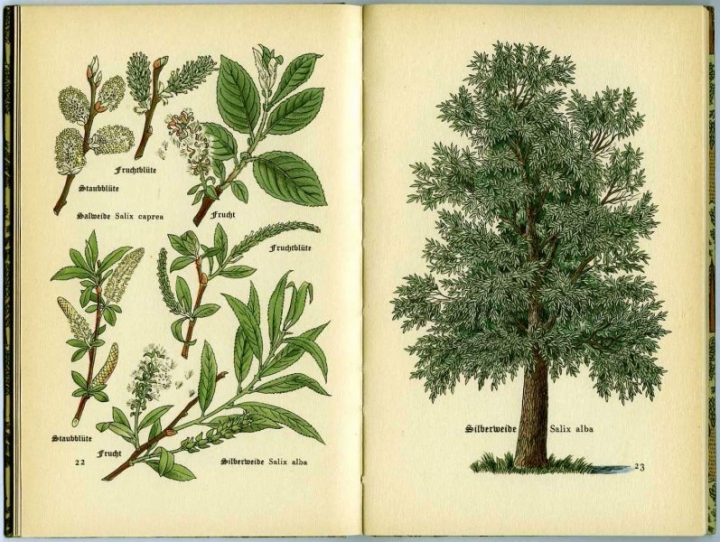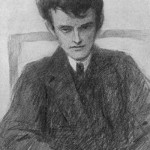Many factors are used, often in combination, to determine if a book is “rare.” Below is a primer describing several factors that can be used in this regard:

Edition
First edition, in original wrappers of Personal History, Adventures, Experience and Observation of David Copperfield by Charles Dickens, 1849.

Age
Divi Gregorii theologi episcopi Nazanzeni, De Theologia libri quinque (On Vs Ecclesie), published 1523. [Translation: The First Theological Orations of Gregory of Nazianzus, translated by Petrus Mosellanus]

Age
Divi Gregorii theologi episcopi Nazanzeni, De Theologia libri quinque (On Vs Ecclesie), published 1523. [Translation: The First Theological Orations of Gregory of Nazianzus, translated by Petrus Mosellanus]

Author Signatures and Inscriptions
Alfred Noyes' Some Aspects of Modern Poetry, inscribed to D'Youville College. Noyes is best known for his 1906 poem "The Highwayman."

Illustrations
Chromolithograph illuminations by Owen Jones and Henry Warren. The Paradise and the Peri, 1860.

Illustrations
Chromolithograph illuminations by Owen Jones and Henry Warren. The Paradise and the Peri, 1860.


